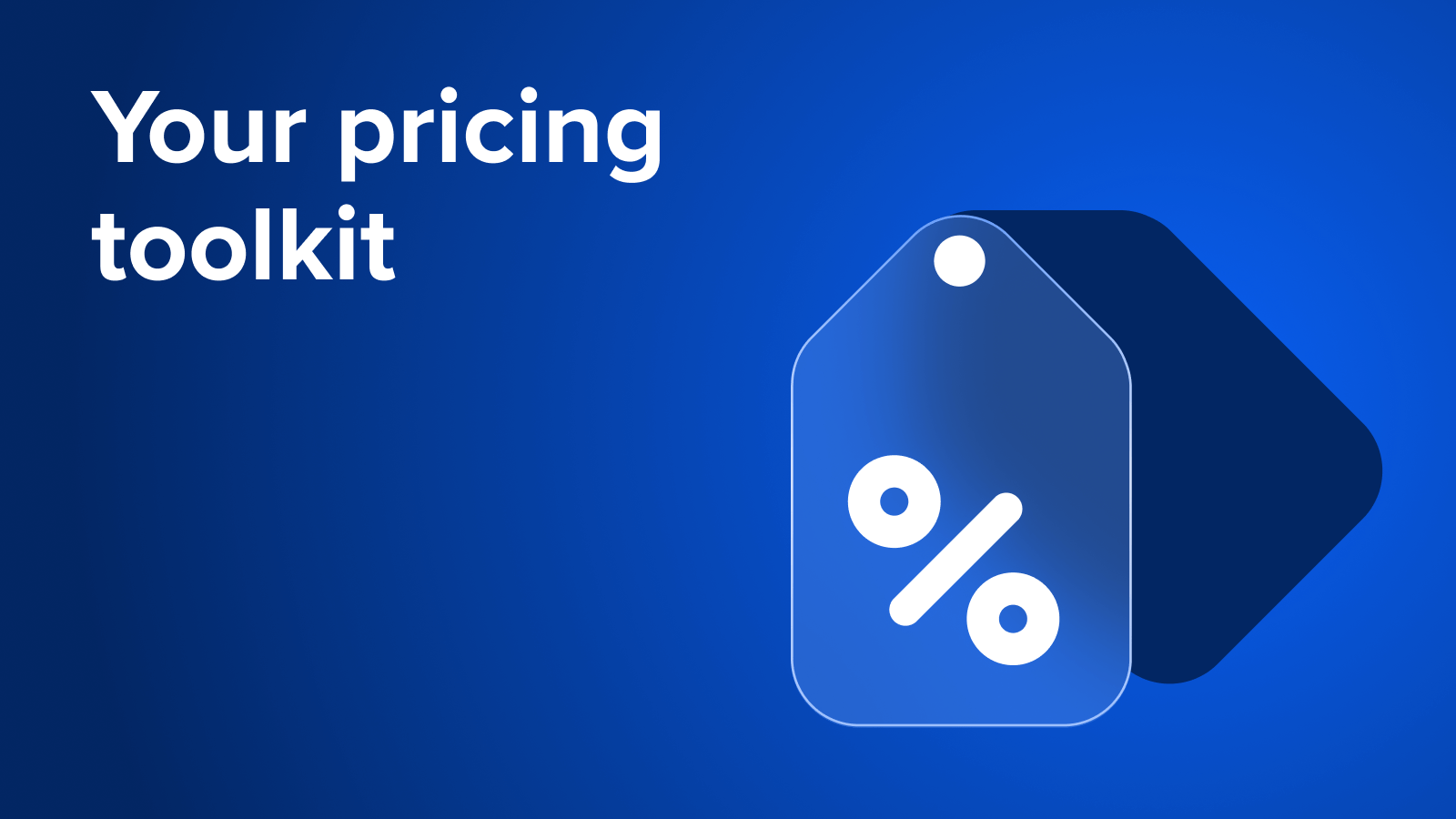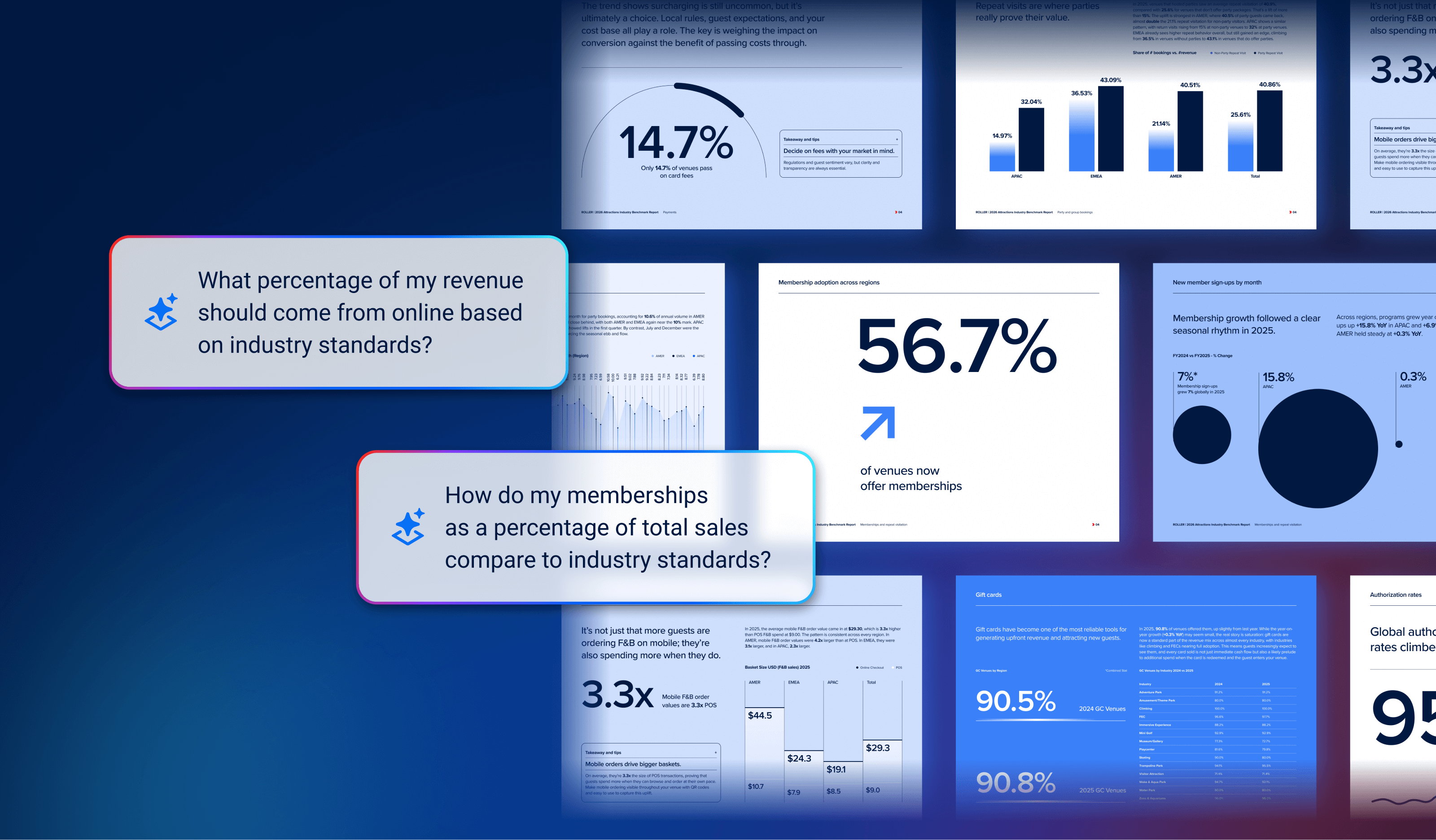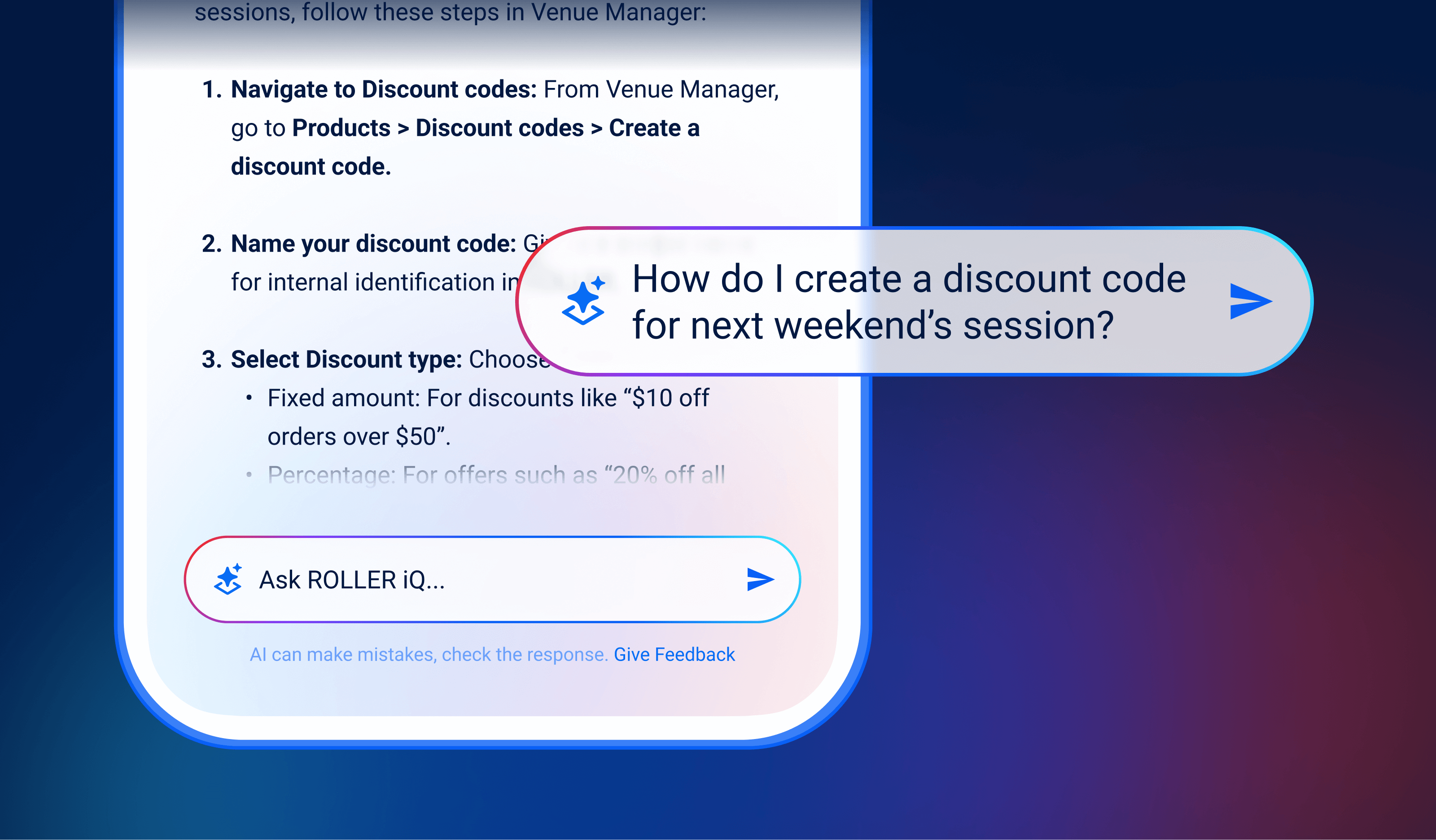Understanding Point of Sale (POS) vs. Point of Purchase (POP)
.png?width=820&name=Point%20of%20Purchase%20vs.%20Point%20of%20Sale_Social(2_1).png)
In the attractions industry, Point of Sale (POS) and Point of Purchase (POP) both play crucial but distinct roles in driving revenue, improving guest experience, ensuring operational efficiency, and growing your business.
While they complement any successful retail or attractions business, knowing their differences is important to maximize their benefits.
Understanding the basics
You’ve probably heard the phrases Point of Sale and Purchase used interchangeably. While they overlap in some ways, it’s important to consider them two separate but complementary tools.
Point of Purchase (POP) can be a broad term used to describe any place where a purchase is about to be made by a guest. This could be a retail store, an attraction venue, or a specific check-out line. It can also describe any digital or online retail platform that offers multiple products or services for sale.
Conversely, Point of Sale (POS) is defined from the perspective of the business. It means the precise place where a transaction is completed, meaning something like a physical check-out counter or a digital sales platform that processes credit card transactions.
The journey from POP to POS
When you think about POP as something a consumer experiences during the lead-up to an actual transaction and POS as the specific moment money changes hands, you start to develop a picture of how a guest goes through a journey from POP to POS.
Your guests’ POP experience starts when they begin considering a purchase, even if passively. This could be walking into a retail store or visiting an e-commerce site. From there, they may see physical or digital signs promoting sales, attractive product displays, and more. These items are meant to inform and entice your guests to purchase. While POP experiences can be short and straightforward or long and complex, they remain within the realm of POP until the moment money changes hands.
At that point, your guest has gone from POP and arrived at the POS, where a transaction occurs either in the form of a credit card being processed digitally or cash changing hands at a register. Importantly, a robust POP experience can dramatically influence the POS, meaning a guest can be enticed to purchase additional goods or services or perhaps be up-sold due to their POP journey.
Successful POP strategies may generate interest in tickets, merchandise, food, gifts, and more for an attraction venue that can enhance the guest experience.
Key differences in functionality
While POP and POS are complementary parts of an overall sales journey, their distinct purposes and perspectives necessarily require quite different functional elements. The elements of POP are meant to inform and entice. This could be unique physical or digital product displays, opportunities for add-ons or up-sales, and more.
Conversely, the POS is all about safely, securely, and smoothly completing transactions. As such, POS functionality is often more technical than that of POP, which can take many different forms. Regarding POS, part of the functionality you might consider is capturing or storing guest data, real-time inventory management, and the security of any currency transacted. In short, the function of POP is to generate enough interest that a consumer is ready to complete a sale, while the primary functionality of POS is to ensure that the sale is completed quickly and securely to deliver the product or service to the guest.
Technological advancements
Modern POS systems offer businesses incredible opportunities to streamline operations and grow. With the opportunity to integrate inventory management, customer data management, sales trends, and the latest payment methods, there is a terrific opportunity for business owners interested in adopting the newest technology.
Similarly, the availability of a modern POS offers new opportunities for business owners to plan their POP strategies. Interactive elements during the purchase process, digital displays to promote new products or attractions, and the ability to show add-ons or up-sales can all lead to more revenue for a retailer.
Importance for attractions operators
Given the impact that POP and POS can have on a business, it’s incredibly important for attraction operators to implement POS solutions that can complement or enhance their POP strategy as well as drive business. Not only is it important to securely transact currency between your guests and your business, but adopting a leading POS solution can also optimize your operations, eliminating the need for separate inventory management solutions, data tracking, and more.
And, of course, when it comes to handling your guests’ hard-earned money, it’s critically important that you have a secure POS solution so you can earn your guests’ trust and ensure your revenue is safe.
Additionally, with a trusted, leading-edge POS underpinning your business operations, you can tailor your POP strategy to enhance brand awareness, drive additional revenue, ensure greater guest engagement, and provide a seamless, delightful purchase journey.
Case study
How have real businesses implemented and integrated POP and POS solutions? Let’s take a look at Urban Planet Jump.
Urban Planet is a multi-unit trampoline park operator in Spain. The park offers an array of on-property attractions, including dodgeball, ninja planet, bubble football, and more. They also offer multiple ticket options, gift cards, party options, and special offerings.
Since implementing the ROLLER point of sale system, they’ve increased revenue and enhanced their POP strategy to delight guests. From a strict POS standpoint, Urban Planet has seen a 25% increase in sales thanks to the streamlined, secure sales platform. They’ve also benefited from operational efficiencies, no longer needing to manage multiple inventory attendance and capacity management solutions.
Additionally, ROLLER has made it simple and easy for guests making an online purchase to purchase gift cards, book parties, or select a higher-price ticket option, thanks to a smart POP strategy that promotes additional offerings throughout the purchase journey.
Now that you understand POP, POS, and their respective functions, it’s important to consider how to implement them to strengthen your business and overcome challenges. First and foremost, you will need to ensure effective security and avoid technical glitches. Using a trusted POS provider will keep your data and revenue safe, earn the trust of your guests, provide the most reliable service, and allow for industry-leading support in the event of any unforeseen technical issues.
With those challenges addressed, it’s time to consider integrating your POS with your existing operations and enhancing POP campaigns. For starters, you can boost operational productivity with integrated data tracking, inventory management, and more, eliminating the need for separate solutions and saving time to enhance your POP efforts strategically.
In conclusion, the benefits of a comprehensive, integrated approach to your business’s POP and POS strategies are critical to your future growth. From driving revenue and enhancing your ability to make data-driven decisions to streamline operations to increasing the speed of transactions and enhancing your guests’ purchase journey, choosing a leading POS software and building a robust POP campaign may be your best business decision.
Interested in learning more about the difference between POP and POS? Get in touch to learn how ROLLER can help you.
Read this next: Cloud POS: What Is It & How To Choose One
Related articles



Smarter Support With ROLLER iQ: Step-by-Step Help, Right When You Need It
Enhance your guest experience
Get free education, tips and inspiration to help you run a successful venue.